
 | |||
|
|
GREG HILDEBRANDT BIOGRAPHY ..... The year was 1939. Franklin Delano Roosevelt was the sitting U.S. President, and Hitler announced his reign of terror by invading Poland. The New York Yankees won their 11th pennant. Hollywood introduced the miracle of technicolor with the release of The Wizard of Oz. A loaf of bread cost 8 cents, and on January 23, the Brothers Hildebrandt were born. The identical twin sons of a Chevrolet division chief, Greg and Tim Hildebrandt, were avid artists and creative thinkers from an early age. At the age of two, George, their father, taught the boys to use crayons. Before long, they had taken the crayons away from him and were coloring on their own. Many of the great comic books and strips of the era influenced Greg and Tim. By the age of eight, they were already emulating the artwork in these comics, getting their first and often frustrating lessons in anatomy and perspective. Greg and Tim were captivated by all forms of fantasy art, whether in literature, puppetry, or art. However, the early animated works of Walt Disney had the most profound impact and creative influence in their early years. Their love of art carried throughout their youth and would be the driving force of their lives. It infused their every pursuit and would ultimately define who they became as men. Perhaps shockingly, Greg and Tim are primarily self-taught. Their only formal training came at 18 when they attended a six-month program at the Meinzinger Art School in Detroit. Upon completing the program, Greg and Tim began to work for the Jam Handy Organization, an Industrial Film Production Corporation. There they animated training films for the auto industry, the military, and major US corporations. Here the brothers got their first taste of notoriety and recognition when Technique for Life, a film they worked on, won the coveted Golden Eagle award. This film chronicled a medical relief ships effort and innovatively combined live-action with animation to tell its story. In 1963, they moved east to New York City and began work for Archbishop Fulton J. Sheen. Greg and Tim worked for Sheen by creating art for his weekly TV show, Life is Worth Living, and producing films on world hunger. Traveling to Africa and South America to film was an eye-opening experience for both Greg and Tim. They found themselves forever changed by the experience. By 1969, the brothers decided to pursue a path other than filmmaking and focused their creative energy on commercial illustration. They began by illustrating children's books and advertising campaigns for several years. Finally, in 1975, fate would intervene. It came in the form of an open call from Ballantine Books looking for artists to illustrate their 1976 J.R.R Tolkien, Lord of the Rings calendar. Greg and Tim won the opportunity to illustrate the calendars. Over the next two years poured their hearts into the world of Wizards and Hobbits, creating 43 original paintings for the 1976, 1977, and 1978 Lord of the Rings calendars. When they finally emerged, they had created works of art that would change their lives and push the landscape of fantasy art. The trilogy of calendars was a massive commercial success, garnering the brothers' international fame and attention. The world officially began to know and recognize, The Brothers Hildebrandt. Though Greg and Tim had just finished what was up to that point their most significant artistic undertaking, they did not rest. Riding the wave of their recent success, and with the release of the final calendar still pending, Greg and Tim dove headfirst into the process of writing and illustrating Urshurak. Published in 1979, Urshurak would become a New York Times best-seller. During this time in 1977, a young filmmaker by the name of George Lucas was in need of a striking movie poster to help sell his latest film. He had taken notice of the first two calendars. Through an ad agency, Lucas Film hired the Brothers to create what has since become one of the most recognizable movie posters in cinematic history. The movie, of course, was Star Wars. With the raging success of Lord of the Rings, Urshurak and Star Wars, the Brothers' fame soared. This exposure afforded Greg and Tim many opportunities to work on world-class projects, such as Clash of the Titans, Heavy Metal Magazine and Atlantis. As the new decade emerged, the Brothers began discussing their future as artists, and in 1981 decided to separate and pursue individual careers.
Following in the tradition of many great illustrators, Greg focused on illustrated classics. Greg created 15 heirloom classics and fairy tale collections for Simon and Schuster, and Unicorn. His classics series includes notable titles such as The Wizard of Oz, Aladdin and the Magic Lamp, Robin Hood, Dracula, and Phantom of the Opera. The New York Times has said, "Fortunate the child or adult who receives a gift of classics richly illustrated by Greg Hildebrandt." After 12 long but productive years, Greg and Tim reunited once again. Greg had just finished designing all of the rough sketches for an upcoming trading card set for Marvel Comics. They agreed that this project would be the perfect fit for them to work together again. Once again, the Brothers were reunited in creating the 1994 Fleer Marvel Masterpieces Trading Card Set. A whopping 158 card set featuring all-new illustrations of the Marvel Comics characters. The Alexander Gallery in New York City exhibited these paintings in 1995, and collectors have purchased most. For their efforts, Non-Sports Update magazine awarded Greg and Tim their coveted "Gummy" award. Greg and Tim would continue a long and successful career garnering attention and awards, including the Gold Medal from The Society of Illustrators, independently and as the Brothers Hildebrandt until Tim's passing in 2006 from complications due to diabetes. The Brothers Hildebrandt's art is a pathway leading to the written word and a journey into the imagination. Their legacy will continue to ignite children and adults' desire to embrace literature and art in all its glory. In his individual creative pursuits, Greg realized a lifelong artistic dream in 1999 by creating the American Beauties pinup series. The American Beauties is a retro-style pinup series. Greg draws on childhood memories and inspiration of the master pinup artists of the past while adding his own unique Hildebrandt style and flare. When discussing the series, Greg recalls, "I sat at my drawing board and began to sketch. I had no idea what I wanted to do. No clue what direction I wanted these paintings to go in. I did know that I did not want my paintings to look like the great masters of pinup art from the '40s and '50s. I wanted to set them in that timeframe, but they had to be mine. I didn't want anyone thinking that I was copying these great artists of the past." Within weeks of finishing 'Emerald Evening,' his first painting in the American Beauties series, Greg landed a one-person show at the Meisel Gallery in Soho, New York. The success of the American Beauties series has led Greg to the honor of painting original nose art on five magnificent World War II warbirds and a highly successful line of merchandise.
In 2003, Greg became the exclusive artist for the Trans-Siberian Orchestra, a progressive rock band known for their large-scale stage shows and themes of hope. Bonding with the bandleader and lead songwriter, Paul O'Neil, Greg found himself in a creative process based on mutual admiration and respect. Not since working with his brother Tim has Greg worked so closely and passionately with another person for a shared vision and goal. In 2015, Greg began creating comic covers for Marvel Comics. With a bit of irony, starting with three new Star Wars compendium covers and then moving on to other high-profile titles.
Now, in his 80's Greg continues to create and work every day, feverishly chasing his imagination and exploring the world of art around him. The American Beauties series is now well over 100 paintings. He recently began a new series titled "Kid Stuff." In it, Greg explores the passage of time and deterioration by rendering his childhood toys as they appear now weathered with age. These paintings are some of his most intriguing and thought-provoking works to date. His work continues to be sought after by collectors around the world. Notable collectors of his work include; Robin Williams, Paul ONeill, George Lucas, and many others. Greg continues his hyper-prolific churning of creativity and shows no signs of slowing down any time soon. When asked if he will ever retire, he replies, "I can't retire from being myself." There is currently a documentary film in production about his life and career, slated to be released in 2022. |
|
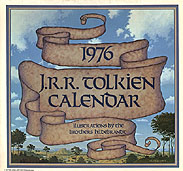 |
||
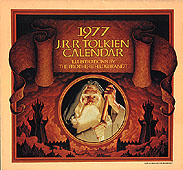 |
||
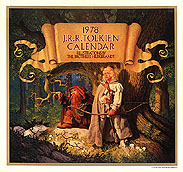 |
||
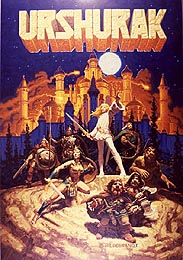 |
||
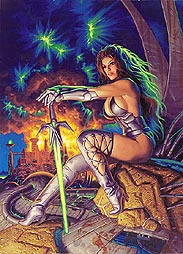 |
||
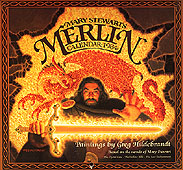 |
||
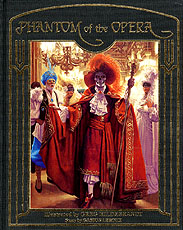 |
||
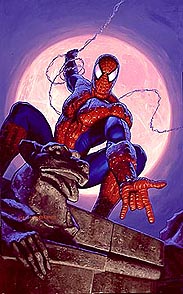 |
||
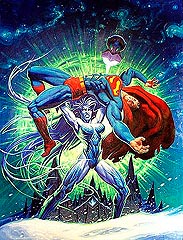 |
||
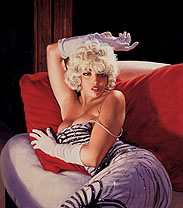 |
||